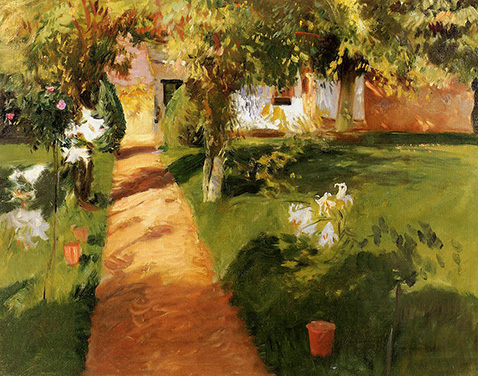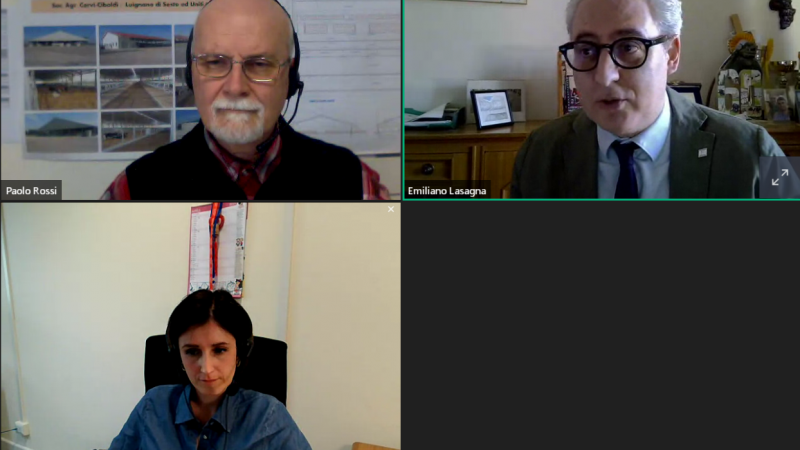URUK, la prima città della storia

Abstract – Uruk, the first city in history At the beginning of the third millennium B.C. southern Mesopotamia (Mesopotamia, land between two rivers, the Tigris and the Euphrates) had about fifty urban centers, a dozen of which could legitimately claim the status of city-states. The region was called Sumer and its inhabitants Sumerians. In the region, Uruk, the most ancient city in human history as testified by its remains, had a population of around 50,000 inhabitants. The so-called Uruk-Culture developed between ca. 3.500 and 3.000 B.C. and, after the Neolithic, it marks the dawning of urban society, characterized by its high density population – which was previously unconceivable – , by a temple architecture of particular majesty and fine artistic qualities, by the invention of writing and the development of a sophisticated administration as a result of it. In the very beginning such a political and economic organization could benefit from an environment with both favourable and unfavourable factors for the flourishing of a civil society. The first inhabitants, or settlers, found a physical environment (vegetable and animal resources, geologic resources in general) and a climate that enabled them to survive, but before they had to change certain negative peculiarities to their own advantage. The water supply was a problem for farmers, since the land was barren due to poor and irregular rains and to the erratic waterflow on the surface as well; this caused floods and was not of any use for agriculture. The solution to this problem was the invention of irrigation, in order to distribute water from the river to the entire cultivated plain, an operation which lead to a sort of social organization and therefore to the first urban settlements.
Key words: Uruk, Sumer, Mesopotamia, Tigris, Euphrates, urban settlement, writing.
Riassunto – All’inizio del III millennio a. C. la Mesopotamia meridionale (Mesopotamia, terra tra due fiumi, Eufrate e Tigri), contava una cinquantina di centri urbani, una dozzina dei quali poteva aspirare al titolo di città-stato. Sumer veniva chiamata quella regione e Sumeri i suoi abitanti. In questa regione Uruk, la più antica città di cui abbiamo testimonianza, aveva una popolazione di almeno 50.000 abitanti. La cultura detta di Uruk, sviluppatasi circa fra il 3500 e il 3000 a. C., segna, dopo il Neolitico, il primo emergere della società urbana, con concentrazioni di individui precedentemente impensabili, con una architettura templare di particolare imponenza e pregio, con l’inizio della scrittura e dunque con una amministrazione sofisticata. Tale organizzazione politica ed economica poté avvalersi di un ambiente che all’inizio presentava aspetti sia favorevoli che sfavorevoli ad una società civile. I primi abitatori, o coloni, trovarono un ambiente fisico (risorse vegetali, animali, geologiche in senso lato) e climatico che permise loro la sopravvivenza, non prima di avere trasformato a loro favore alcune peculiarità negative di tale ambiente. L’acqua costituì un problema per quegli agricoltori, perché il territorio era arido sia per le piogge scarse e irregolari che per il fatto che le acque scorrevano irregolarmente e disordinatamente sulla superficie, favorendo le inondazioni, e inizialmente non erano utili per le necessità dell’agricoltura; la soluzione del problema fu l’invenzione dell’irrigazione, per distribuire l’acqua del fiume a tutta la pianura coltivata, operazione che comportò una organizzazione sociale e quindi i primi insediamenti urbani…







